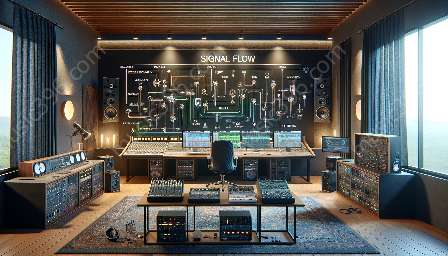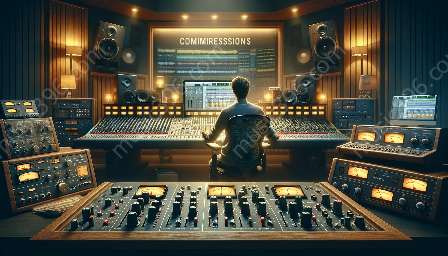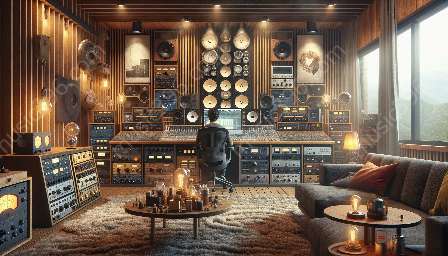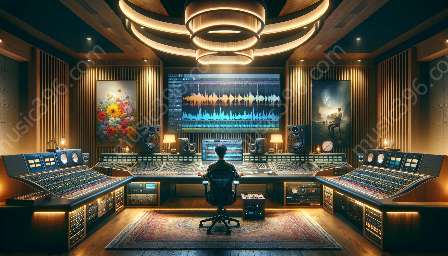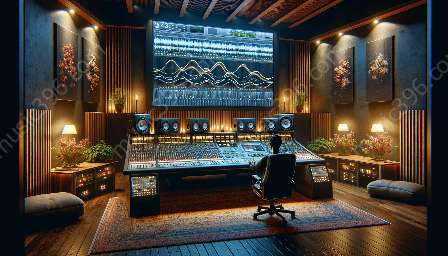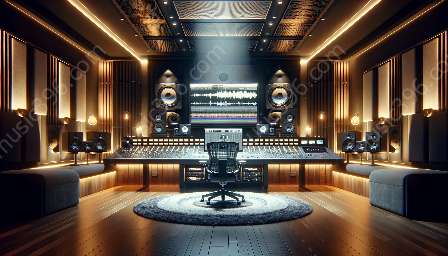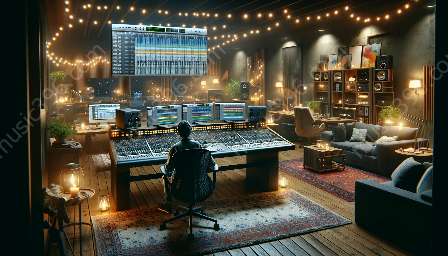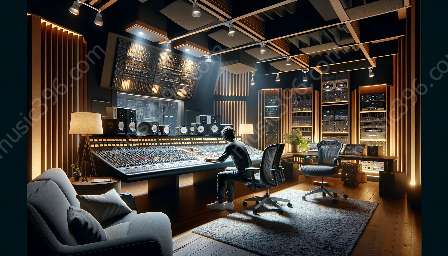High-pass and low-pass filters are essential tools in the mixing process, especially when working with plugins and effects in audio mixing and mastering. These filters are used to shape the frequency content of a sound, allowing engineers to control the tonal balance and clarity of individual elements within a mix.
Understanding High-Pass and Low-Pass Filters
High-pass filters, also known as low-cut filters, allow frequencies above a set point to pass through while attenuating frequencies below that point. Low-pass filters, or high-cut filters, do the opposite, allowing frequencies below a set point to pass through while attenuating frequencies above that point.
When used together, high-pass and low-pass filters can effectively carve out space for each element in a mix, preventing muddiness and masking issues. By eliminating unwanted low-frequency rumble or high-frequency noise, these filters help create a cleaner and more defined sonic landscape.
Additionally, high-pass and low-pass filters can be used creatively to shape the character of individual tracks. For example, applying a high-pass filter to a bass instrument can remove unnecessary low-end rumble, making space for the kick drum and other low-end elements to shine. Conversely, applying a low-pass filter to a synth lead can tame harsh high frequencies, providing a smoother and more pleasant sound.
Compatibility with Plugins and Effects
When working with plugins and effects in mixing and mastering, high-pass and low-pass filters play a crucial role in crafting the sonic picture. Many plugins include built-in filter options to facilitate precise control over frequency content. For example, EQ plugins often feature high-pass and low-pass filters as part of their functionality, allowing engineers to shape the frequency spectrum of a track with surgical precision.
Furthermore, many audio effects, such as compressors, reverbs, and delays, benefit from the use of high-pass and low-pass filters. By filtering the input signal before it enters an effect, engineers can ensure that only the desired frequency range is affected, leading to a more transparent and focused sound.
Audio Mixing and Mastering
In the context of audio mixing and mastering, high-pass and low-pass filters are indispensable tools for achieving a polished and professional sound. During the mixing phase, these filters help individual tracks sit cohesively within the mix, preventing frequency clashes and optimizing clarity.
When mastering a final mix, high-pass and low-pass filters can be used to make subtle adjustments to the overall tonal balance, refining the low and high-frequency content to ensure a smooth and balanced sound across different playback systems.
In conclusion, the purpose of using high-pass and low-pass filters in the mixing process is to shape the frequency content of audio signals, allowing for better control over tonal balance, clarity, and overall sonic impact. These filters are highly compatible with working with plugins and effects in mixing and mastering, as they facilitate precise sculpting of the frequency spectrum and contribute to achieving a professional and cohesive sound.



